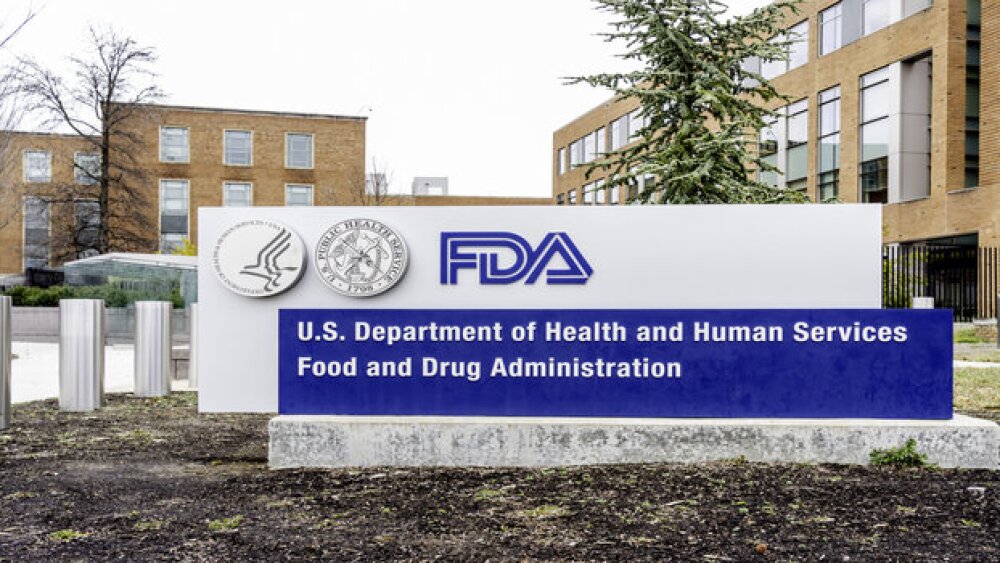St. Louis Business Journal -- Five straight years of flat funding from the National Institutes of Health (NIH) have Washington University and Saint Louis University scrambling to fill financial gaps with other funding sources to keep biomedical research projects going. Officials at both universities said they increasingly are using internal funds and applying for grants from private foundations and pharmaceutical companies to make up for less NIH money. As a result, some labs have been downsized, and many researchers are writing more conservative grant proposals so that funding is more likely to be approved -- rather than pushing for ground-breaking research, officials said.
What’s more, if the trend continues, young researchers will be forced to choose other careers because of lack of funding, and scientific breakthroughs will face huge delays, top brass at both universities warn.
“I would characterize this as a quiet crisis,” said Dr. Samuel Stanley Jr., vice chancellor for research at Washington University. “All of us are dealing with very hard issues.”
Declining dollars
The NIH invests more than $29 billion annually in medical research. Most of its funding is awarded through about 50,000 grants to more than 325,000 researchers at more than 3,000 universities, medical schools and other research institutions. From 1998 to 2003, Congress doubled the NIH budget from $13.6 billion to $27.1 billion.
But for the past five years, total annual NIH funding has hovered just below $30 billion, which, when inflation is accounted for, makes for 13 percent less buying power, economic experts say. NIH funding for 2008 is $29.5 billion.
Washington University accounts for the lion’s share of NIH funding in the state of Missouri. In 2007, Missouri’s total NIH funding was $473.1 million, with 73 percent ($374.1 million) of it going to Washington U. The amount covered some 744 research grants going mostly to departments in the School of Medicine, including internal medicine, genetics, neurology, pathology, pediatrics and psychiatry.
Both the state’s and Washington University’s NIH funding have fallen from 2003, according to NIH data. In that year, Missouri received $519.8 million and the university picked up $383.2 million.
Saint Louis University also is facing declines. Its 2007 NIH funding of $20.9 million is down from $38 million in 2003. Funding last year went mostly toward 65 research grants at the university’s medical school in departments such as internal medicine, microbiology and immunology, public health and preventive medicine, and biochemistry.
“Biomedical research institutions and universities are certainly struggling with the implications of reduced NIH funding,” said Carole Knight, associate vice provost for research at SLU. “When funding is scarce, research can be stalled, and the benefits to society are delayed.
“Many researchers vying for the same limited funding makes the competition extremely tough, particularly for new investigators attempting to get their research agendas moving forward. Limited funding means that excellent research with wide-reaching impacts may not receive adequate financial support, simply because money runs out before an agency like the NIH can fund all of the worthy projects.”
Filling in for shortfalls
Stanley said Washington University is spending between $100 million and $120 million a year in internal funds on research to make up for shortfalls, mostly from decreased NIH funding.
“This kind of pressure from NIH has increased that number,” he said.
Likewise at SLU, the university is stepping in to provide so-called bridge funding, Knight said, though she said specific amounts were unavailable.
“It’s putting an additional burden on the university to support researchers that were being supported by federal funding,” she said. “We encourage them to go for foundation support.”
Knight said SLU researchers have received grants from organizations such as the Alzheimer’s Association, American Heart Association, American Cancer Society, Cystic Fibrosis Society and the Robert Wood Johnson Foundation. Still, that funding pales in comparison to NIH funding. “None would be considered major,” she said.
Besides nonprofits, another source to which researchers have turned is pharmaceutical companies, but that’s not ideal either.
“Our work doesn’t really mesh with them,” said Dr. Randy Sprague, a professor of pharmacology and physiological science at Saint Louis University. Sprague currently has an NIH grant funding his work on how red blood cells control blood flow.
“I spend a tremendous amount of time sitting at a desk writing proposals,” Sprague said. “That takes me away from the science that I love.”
Impact of “broken pipeline” Stanley noted the tightness of NIH funding also “forces people to do more conservative things,” in terms of writing grant proposals in hopes of getting funded. In addition, even if funding is won, grants aren’t always as large as hoped.




